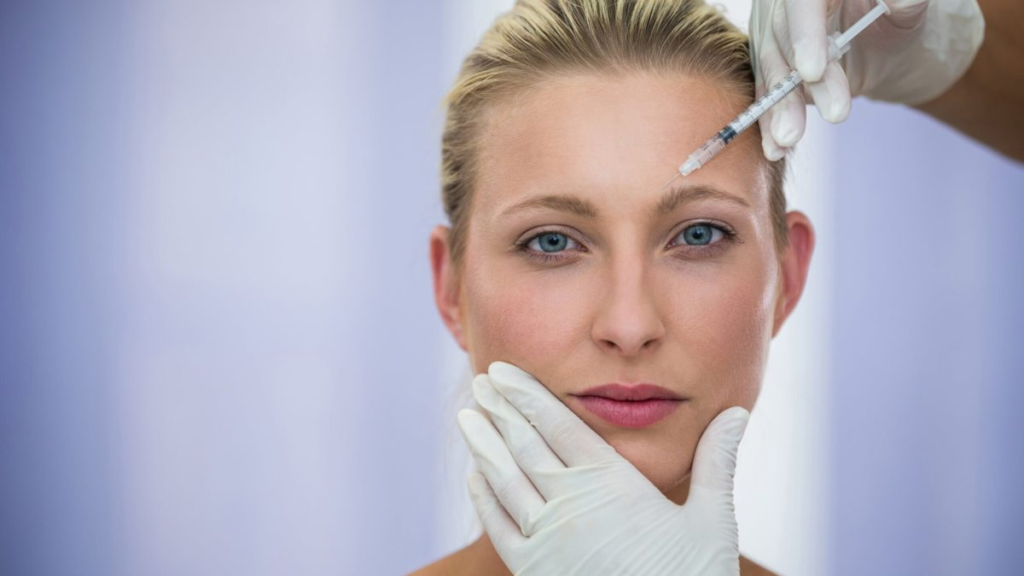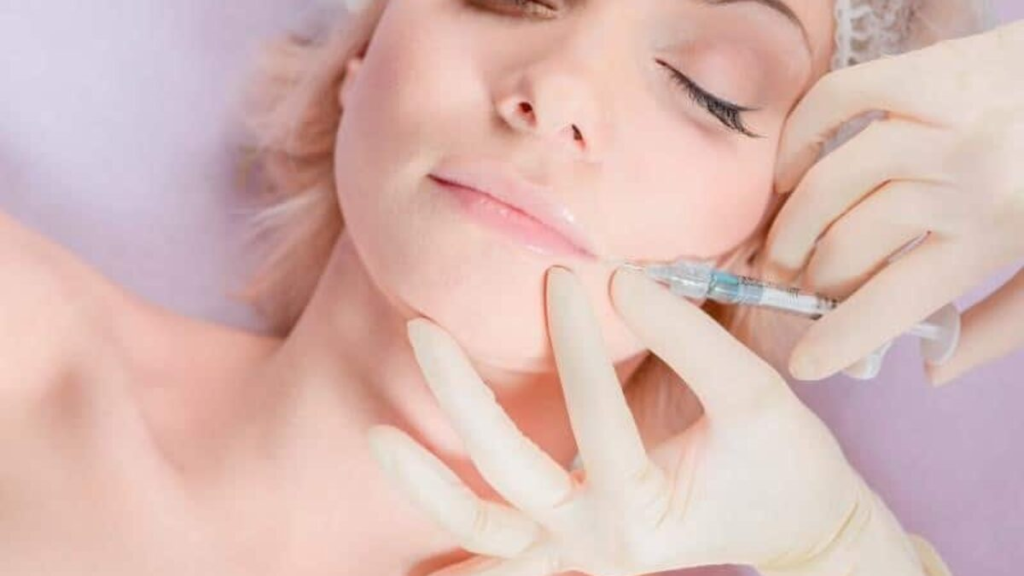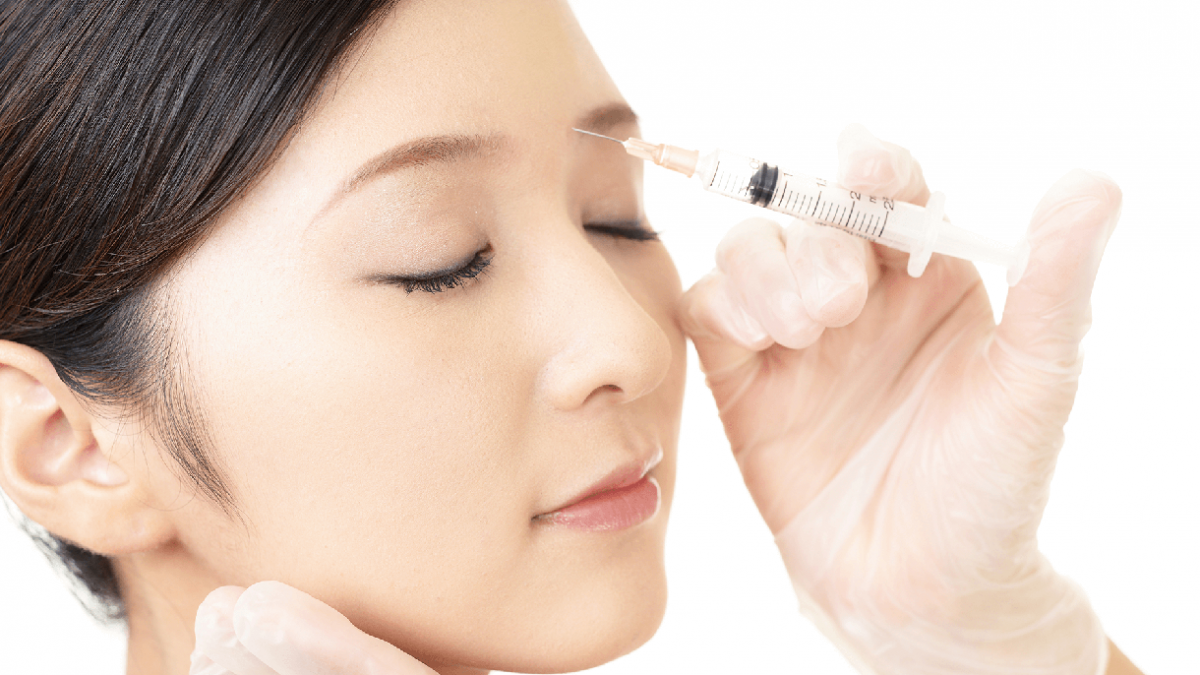Botox has long been hailed as a miraculous solution for those seeking a more youthful appearance without the need for invasive surgeries. From smoothing out wrinkles to reducing the appearance of fine lines, the cosmetic procedure has skyrocketed in popularity over the past few decades. However, as with any medical treatment, there is always a risk of things going wrong. “botox gone wrong” is a phrase that has become all too familiar, with stories surfacing about botched procedures, adverse reactions, and unexpected outcomes. In this article, we’ll dive deep into the potential dangers of Botox treatments, real-life cases of botched Botox, and what you should consider before opting for the procedure.
What Is Botox?
Botox is a neurotoxic protein produced by the bacterium Clostridium botulinum. While it’s widely known for its cosmetic applications, Botox was originally used for treating medical conditions such as muscle spasms and overactive bladder. In cosmetic applications, small doses of Botox are injected into the muscles to temporarily paralyze them, resulting in the reduction of wrinkles, fine lines, and other signs of aging.
While Botox is generally considered safe when administered by a trained and experienced professional, there are risks. When botox gone wrong, the results can range from mild discomfort to severe complications.

The Popularity of Botox
In recent years, Botox has become one of the most popular non-invasive cosmetic treatments globally. According to the American Society of Plastic Surgeons, more than 7 million Botox procedures are performed annually in the U.S. alone. This surge in popularity is partly due to its minimal recovery time, its ability to deliver quick results, and its relatively low cost compared to other cosmetic procedures like facelifts.
However, with this rise in popularity, there has also been a significant increase in cases of “Botox gone wrong.” These unfortunate incidents are often the result of poor technique, unqualified practitioners, or adverse reactions to the injections.
Common Complications of Botox
- Asymmetry: One of the most common results of Botox gone wrong is facial asymmetry. This occurs when the Botox is not evenly distributed across the muscles, leading to one side of the face appearing more frozen or droopy than the other. This uneven result can significantly affect facial expressions, leaving the individual with an unnatural appearance.
- Droopy Eyelids (Ptosis): Another common issue is drooping eyelids, medically referred to as ptosis. This occurs when Botox is injected too close to the eyelid muscles or when the Botox spreads beyond the intended area. Ptosis can impair vision and last several weeks to months, depending on the severity of the drooping.
- Frozen Face: Botox works by paralyzing muscles, but if too much is injected, it can result in a “frozen” appearance. This is often referred to as the “plastic look,” where the face appears emotionless or stiff. It’s one of the most common fears people have before undergoing Botox treatments and one of the most recognizable signs of Botox gone wrong.
- Allergic Reactions: While rare, some individuals may have allergic reactions to Botox. Symptoms of an allergic reaction can include rash, itching, swelling, dizziness, or difficulty breathing. In extreme cases, this can lead to anaphylaxis, a life-threatening condition that requires immediate medical attention.
- Bruising and Swelling: While some mild bruising or swelling is expected after Botox injections, excessive bruising or prolonged swelling can be a sign that the procedure was not done correctly. Improper injection techniques or injecting Botox too deeply can cause more harm than good.
- Headaches and Flu-Like Symptoms: Some individuals may experience headaches or flu-like symptoms after receiving Botox injections. These side effects usually subside within a few days, but in rare cases, they can persist, leading to discomfort and the need for further medical consultation.
- Difficulty Swallowing or Speaking: When Botox spreads to unintended areas, it can cause muscle weakness in places such as the throat, leading to difficulty swallowing or speaking. This is a rare but serious complication that requires immediate attention.

Real-Life Cases of Botox Gone Wrong
- Celebrity Mishaps: There are numerous stories of celebrities who have fallen victim to botched Botox procedures. From over-injected foreheads to permanently frozen expressions, these high-profile cases serve as cautionary tales. For example, actress Nicole Kidman has admitted to using Botox, noting that it left her unable to move her forehead, which led her to eventually quit using the treatment.
- Everyday Individuals: While celebrity cases make headlines, there are thousands of everyday individuals who experience Botox gone wrong. One such case involves a woman who received Botox injections at a discount spa, only to be left with a permanently drooping eyelid. It took months for her to regain normal function, and she required corrective treatments to fix the damage.
Why Do Botox Treatments Go Wrong?
Several factors can contribute to a botched Botox treatment:
- Unqualified Practitioners: One of the primary reasons Botox treatments go wrong is the use of unqualified practitioners. Many people opt for cheaper Botox treatments at non-medical spas or clinics where the practitioners may not have the necessary training or certification. Botox is a medical procedure that requires a deep understanding of facial anatomy and precision in administering injections.
- Poor Technique: Even qualified professionals can make mistakes if they are not experienced in performing Botox treatments. Poor injection techniques, incorrect dosing, or injecting Botox into the wrong muscles can all result in unwanted outcomes.
- Cheap Products: The use of counterfeit or low-quality Botox products is another significant risk. These products may not be properly regulated or tested, increasing the likelihood of adverse reactions.
- Individual Reactions: Each person’s body reacts differently to Botox. Some individuals may metabolize the Botox faster or slower than others, leading to uneven results or unintended side effects. It’s also possible for individuals to develop resistance to Botox over time, which may require higher doses or alternative treatments.

How to Avoid Botox Gone Wrong
- Choose a Qualified Professional: The most crucial step in ensuring a safe Botox experience is selecting a qualified, board-certified dermatologist or plastic surgeon to perform the procedure. Do not be swayed by cheap prices or Groupon deals when it comes to cosmetic procedures—quality and experience matter.
- Do Your Research: Before committing to a Botox treatment, thoroughly research the clinic or spa. Look at reviews, before-and-after photos, and ask for recommendations from trusted sources. Always ensure that the practitioner has a proven track record with Botox.
- Consultation Is Key: A reputable practitioner will offer a thorough consultation before the procedure. During this consultation, they should explain the process, discuss your goals, and assess whether you are a good candidate for Botox. Be wary of any practitioner who rushes through this step.
- Don’t Overdo It: Less is often more when it comes to Botox. Start with small doses and see how your body reacts before opting for more injections. Overuse of Botox is one of the leading causes of the “frozen” look that many people fear.
- Follow Post-Treatment Instructions: After receiving Botox, it’s essential to follow your practitioner’s post-treatment care instructions carefully. This may include avoiding strenuous activity, not touching the injection site, and keeping your head elevated. Proper aftercare can significantly reduce the risk of complications.
Conclusion
Botox can be a fantastic tool for rejuvenating your appearance when performed correctly. However, the risks of botox gone wrong are very real, especially when procedures are conducted by unqualified individuals or without proper care. If you’re considering Botox, it’s essential to educate yourself about the potential risks, choose a skilled practitioner, and approach the procedure with realistic expectations. By taking these steps, you can minimize the chances of complications and achieve the desired results safely.
